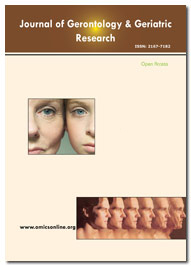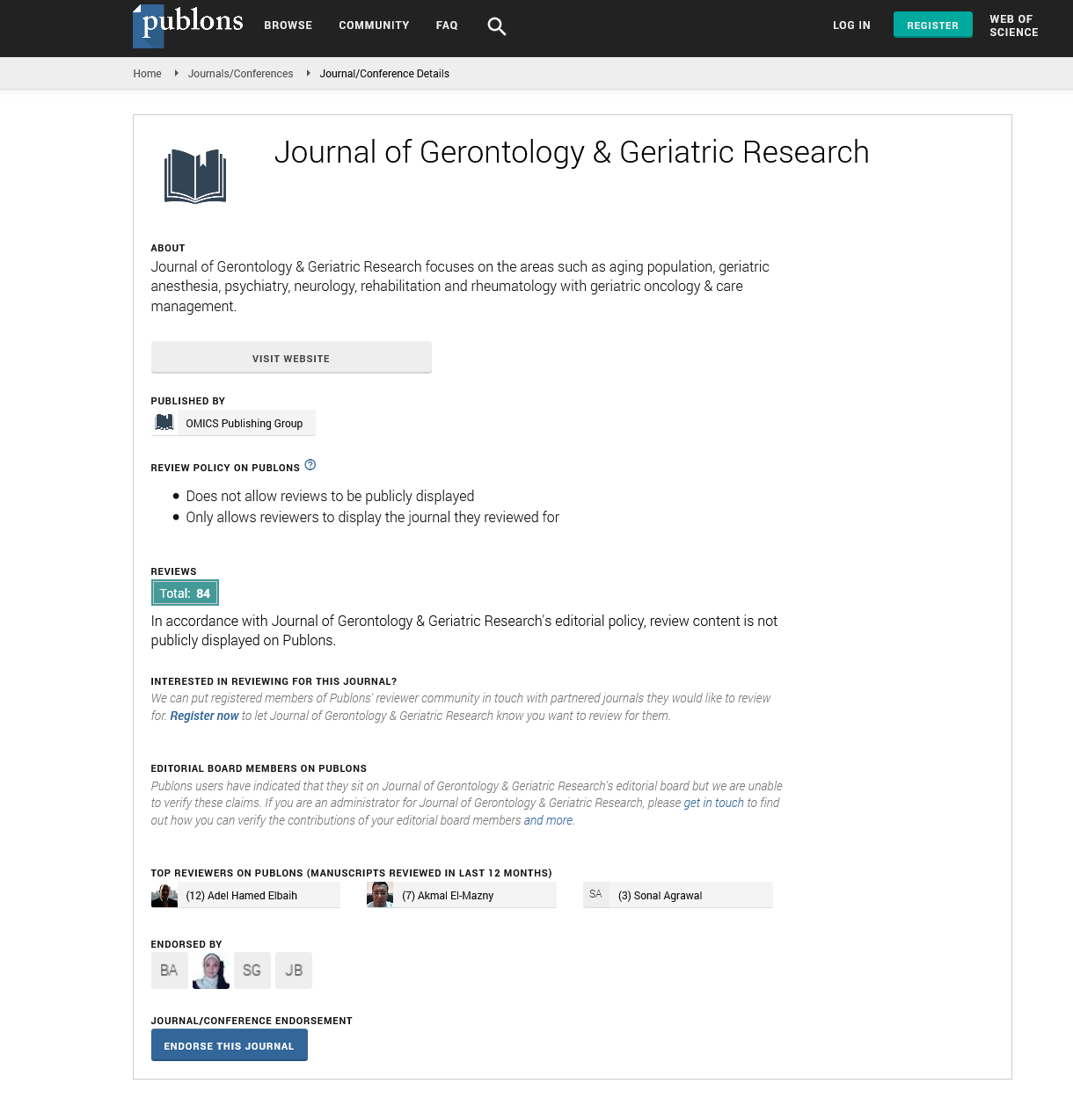PMC/PubMed Indexed Articles
Indexed In
- Open J Gate
- Genamics JournalSeek
- SafetyLit
- RefSeek
- Hamdard University
- EBSCO A-Z
- OCLC- WorldCat
- Publons
- Geneva Foundation for Medical Education and Research
- Euro Pub
- Google Scholar
Useful Links
Share This Page
Journal Flyer

Open Access Journals
- Agri and Aquaculture
- Biochemistry
- Bioinformatics & Systems Biology
- Business & Management
- Chemistry
- Clinical Sciences
- Engineering
- Food & Nutrition
- General Science
- Genetics & Molecular Biology
- Immunology & Microbiology
- Medical Sciences
- Neuroscience & Psychology
- Nursing & Health Care
- Pharmaceutical Sciences
Abstract
Osteoporosis Caused by Drugs and Hormones: An Overview of the Molecules and Cells
Osteoporosis coming about because of a lopsidedness of bone turnover among resorption and development is a basic medical problem around the world. For postmenopausal women, hormone-related osteoporosis is most commonly caused by estrogenic deficiency, while glucocorticoid-induced osteoporosis remains the most common form of drug-induced osteoporosis. Proton pump inhibitors, hypogonadism, selective serotonin receptor inhibitors, chemotherapies, and medroxyprogesterone acetate are among the other medical conditions and medications associated with secondary osteoporosis. The cellular and molecular mechanisms of bone turnover, the pathophysiology of osteoporosis, and their treatment are summarized in this review. Osteoclast genesis seems to be boosted by the nuclear factor-ligand uncoupling factor. Osteoprotegerin on the other hand, is an antagonist that osteoblast lineage cells secrete. After suppressing and triggering the release of estrogenic promotes apoptosis of osteoclasts and inhibits osteoclast genesis by stimulating the production of OPG and reducing osteoclast differentiation.
Published Date: 2023-01-30; Received Date: 2023-01-02

